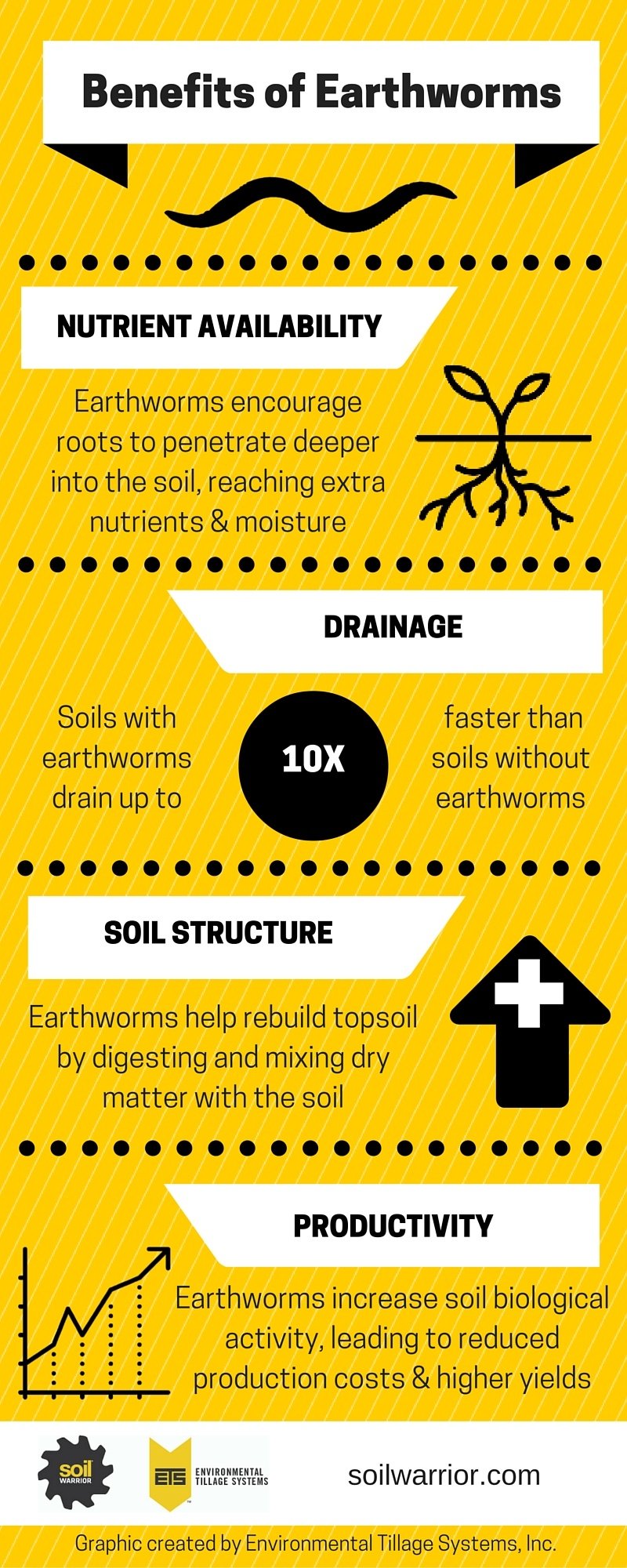The Ultimate Guide To North Carolina Worms
Table of ContentsNorth Carolina Worms Fundamentals ExplainedHow North Carolina Worms can Save You Time, Stress, and Money.The Facts About North Carolina Worms RevealedNorth Carolina Worms Fundamentals Explained
Example: 1-gallon of worm spreadings to 4 gallons of potting mix. Do NOT use a potting mix that has chemical plant foods in it. Review the labelit will certainly state. 1/2 mug in the bottom of the planting opening for smaller plants. 1 mug for bigger plants. ie. tomatoes, eco-friendly peppers, summer season squash, and the like.
The enhancement of tea can also include boosted microbial biomass to your soil. You can constantly side-dress your plants with worm castings at any kind of time. Simply bear in mind, the bacteria will certainly die if exposed to UV rays (Sunlight), so make certain to cover the spreadings with an inch or so of dirt.
This baffled them for years till the testing techniques became much better. It would obtain much better(with even more spreadings), level off, and after that decrease. Too lots of worm castings would certainly accelerate the growth to a rate that the plant can not recover from.
Not known Details About North Carolina Worms
I have clarified the virtues of worm castings for about 2000 words. Worm spreadings are no various. It takes time to produce top quality worm spreadings.
Worm castings absolutely cost more than chemical plant foods. Worm spreadings are on the less expensive end of natural plant foods. (50 gallons per year) It is a much more difficult and very expensive financial investment to generate huge amounts of worm castings.

Producing a healthy and balanced soil might be the greatest advantage of worm spreadings. We talked about worm spreadings NPK and likewise the proper nutrient analysis that need to apply to worm spreadings.
5 Easy Facts About North Carolina Worms Described
We chatted concerning some of the disadvantages associated with worm castings. I covered a lot of product in this article.
The upright burrows are normally open, although the worms cover the top with deposit and excrement. Origins require oxygen for their development, whereas they create carbon dioxide that needs to leave the dirt.
Earthworms raise porosity by 2 mechanisms: (1) by creating irreversible burrows, and (2) by boosting soil aggregation. Gathering is boosted by the mixing of soil and natural issue in the earthworms' digestive tracts. Lake Hickory Bait. These extremely stable aggregates are deposited by some earthworms in their burrows, and by others at the surface area of the dirt


In one more study, earthworms were estimated to take in 4 to 10 percent of the top 6 inches of the soil every year. Soil compaction decreases the porosity of the soil.
Some Known Questions About North Carolina Worms.
Regular earthworm populations can easily eat 2 lots of completely dry matter per acre per year, partially digesting and mixing it with dirt. The value of earthworms to mix surface area residue with dirt comes to be extremely clear in soils that do not have any kind of earthworms. The majority of our Pennsylvania soils contend the very least some earthworms, and the effect of their full lack, for that reason, can not be noted.
(http://www.directoryanalytic.com/details.php?id=344304)In these soils, the development of topsoil with practical organic matter material did not happen, causing poor plant development. As soon as the reason was developed, the federal government of the Netherlands began a campaign to introduce earthworms. After the introduction of the earthworms, a dark topsoil layer was formed, and plant development raised considerably.
They live primarily from partially decomposed organic issue that is currently incorporated in the dirt. These types ingest huge amounts of dirt that they blend with digested plant residue in their guts.
Their burrows continue to be open, although they top the top with plant residue that they draw to the entryway. These species consume considerable amounts of dirt that they blend with absorbed deposit in their intestines. Their excrement is primarily transferred at the surface of the dirt. The nightcrawler Lumbricus terrestris is one of the most popular participant of this group.